І тур Всеукраїнського конкурсу студентських наукових робіт зі спеціальності 017 «Фізична культура і спорт» 2024-2025 навчального року
03 квітня 2025 року на кафедрі фізичної культури і спорту був проведений І тур Всеукраїнського конкурсу студентських наукових робіт зі спеціальності 017 «Фізична культура і спорт» 2024-2025 навчального року. Участь у ній взяли 12 студентів спеціальності «Фізична культура і спорт» гуманітарно-педагогічного факультету.
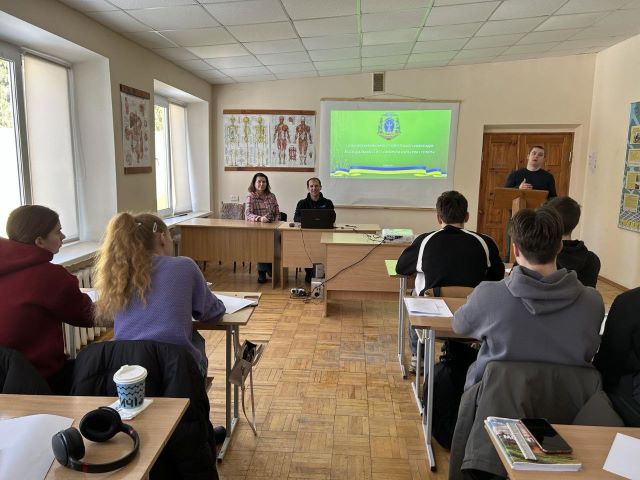
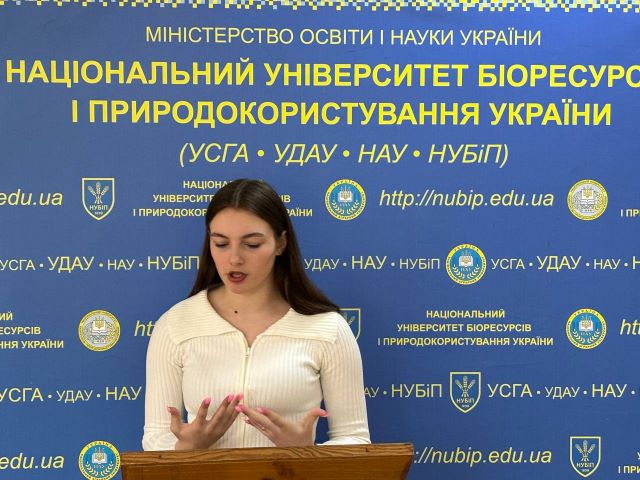
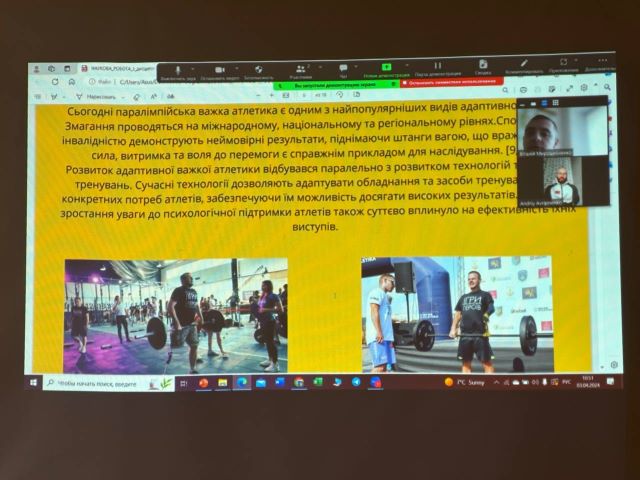
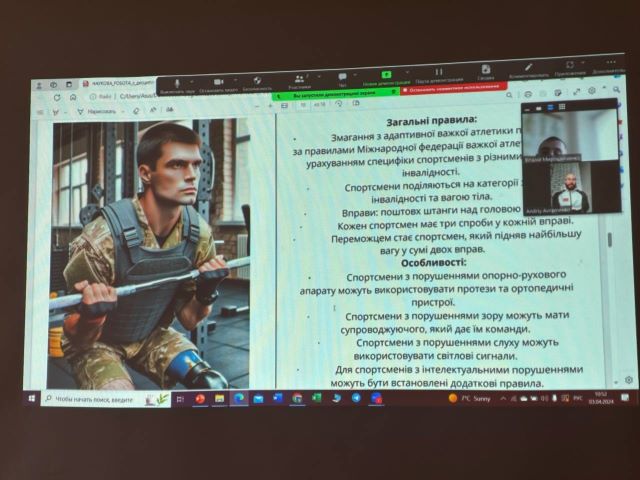
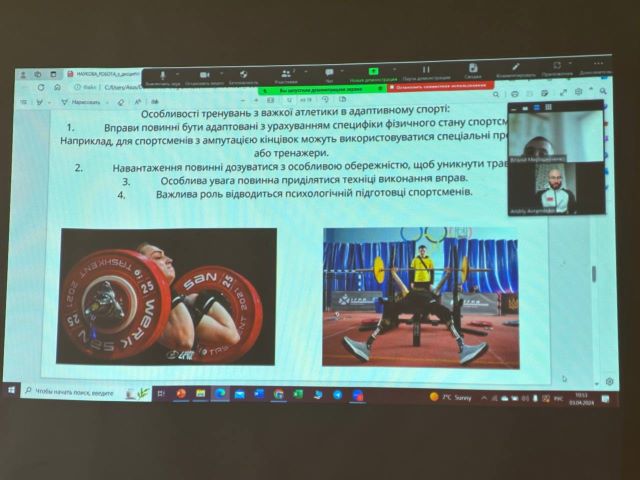
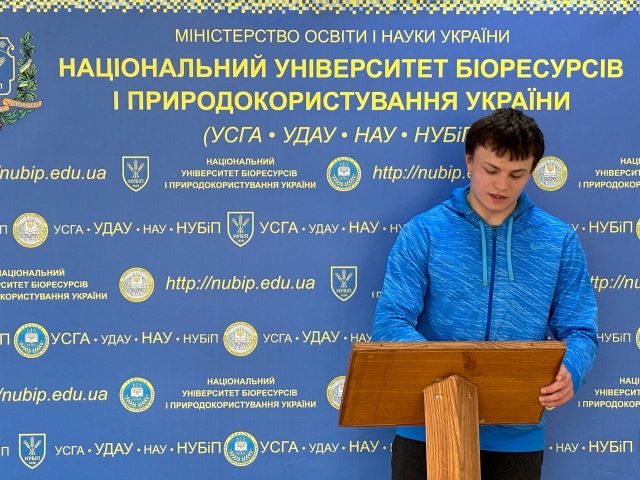
Конкурс проводиться з метою сприяння розвитку інтелектуального потенціалу талановитої молоді, підтримки наукової та творчої активності студентів, а також збудження їхнього інтересу до науково-дослідницької роботи у галузі спорту та засвоєння ними інноваційних технологій для подальшого професійного зростання. Цього року усі науково-педагогічні працівники кафедри керували написанням студентських робіт упродовж першого семестру.
Захід відкрив головний суддя, доктор філософії, доцент кафедри фізичної культури і спорту Віталій МИРОШНІЧЕНКО. Він наголосив учасникам про вимоги до наукових робіт та пояснив критерії оцінювання.

Далі учасників привітав гарант освітньої програми 017 «Фізична культура і спорт» першого (бакалаврського) рівня вищої освіти доцент кафедри фізичної культури і спорту Сава БРИНЗАК наголосив на важливості наукової роботи у тренерській діяльності, більш детально зупинився на професійних якостях і особливості роботи тренера.
У запеклій боротьбі за призові місця відповідно до результатів було визначено переможців. Переможцем став студент 4-го курсу Андрій АВРАМЕНКО (науковий керівник — доктор філософії, доцент кафедри фізичної культури і спорту Віталій МИРОШНІЧЕНКО), друге місце посіла студентка 1-го року магістратури Олена МИКИТЕНКО (науковий керівник — доктор педагогічних наук, професор кафедри фізичної культури і спорту Наталія ТЕРЕНТЬЄВА). Третє місце посів студент 1-го року магістратури Євгеній САВЧУК (науковий керівник — кандидат педагогічних наук, доцент, завідувач кафедри фізичної культури і спорту Микола КОСТЕНКО).





Відповідно до рішення оргкомітету, призери будуть представляти НУБіП України у другому турі Всеукраїнського конкурсу студентських наукових робіт зі спеціальності 017 «Фізична культура і спорт».
Окремі слова підтримки та побажання успіхів у подальших наукових звершеннях висловила доктор педагогічних наук, професор, гарант освітньої програми другого (магістерського) рівня зі спеціальності 017 «Фізична культура і спорт» Наталія ТЕРЕНЬТЬЄВА. Вона зазначила, що такі заходи є важливим кроком у професійному становленні студентів і надихають на подальші дослідження та особистісний розвиток.
Щиро вітаємо переможців та всіх учасників і
бажаємо натхнення, наукових здобутків і нових звершень!
бажаємо натхнення, наукових здобутків і нових звершень!
Віталій МИРОШНІЧЕНКО,
доцент кафедри
фізичної культури і спорту